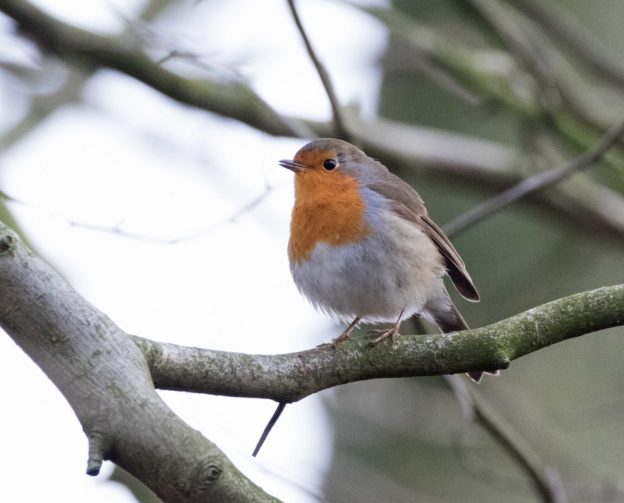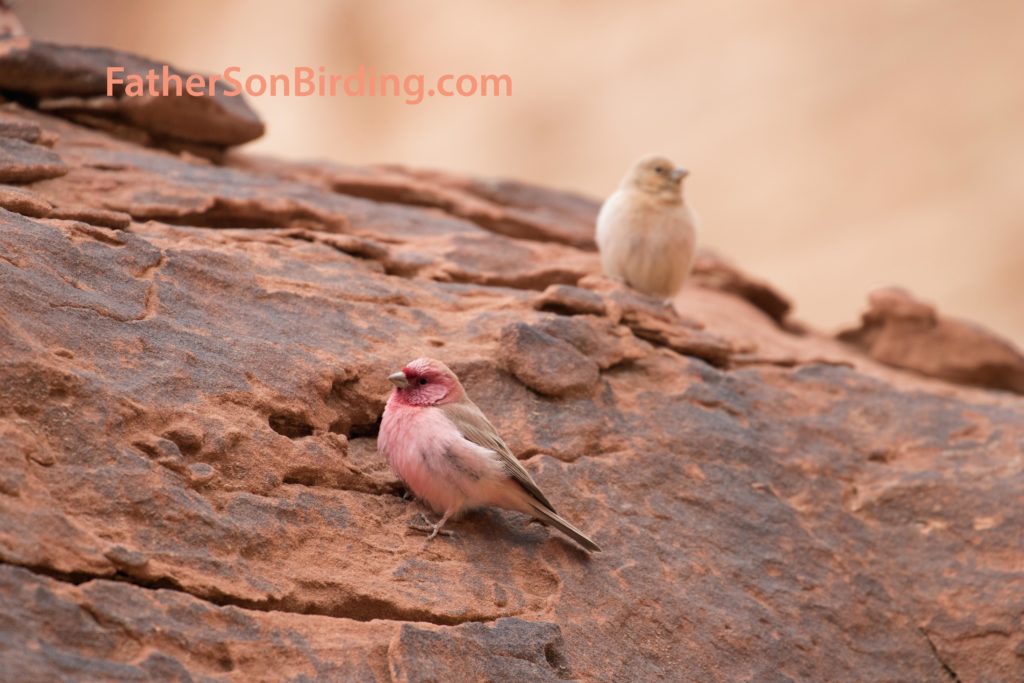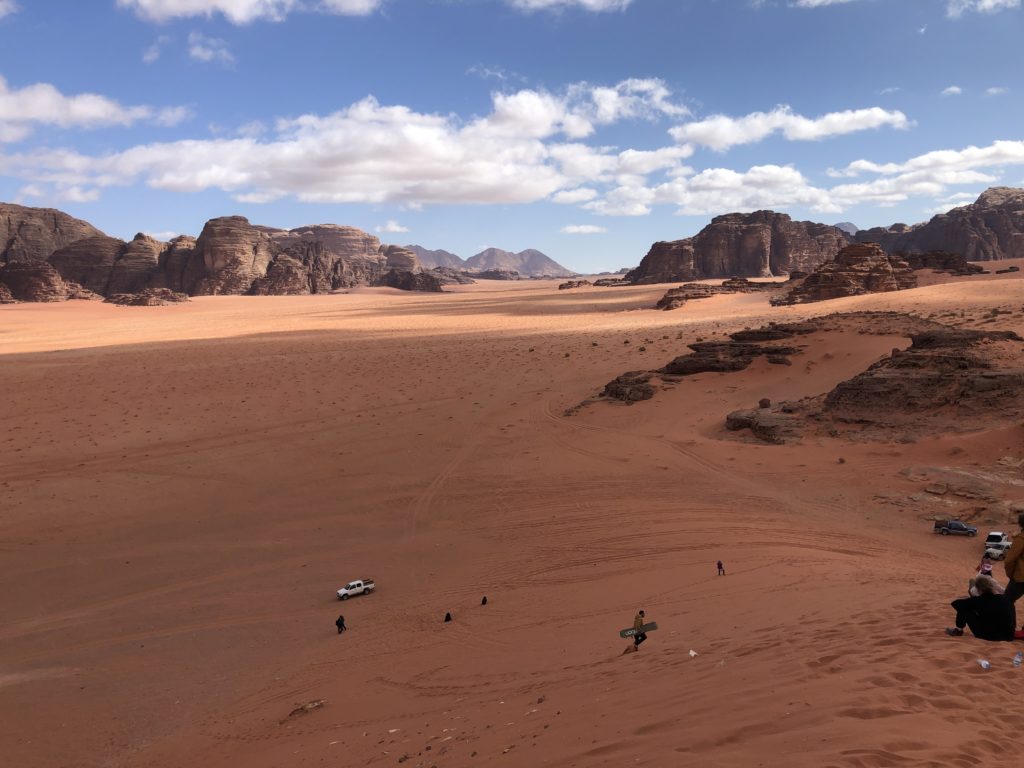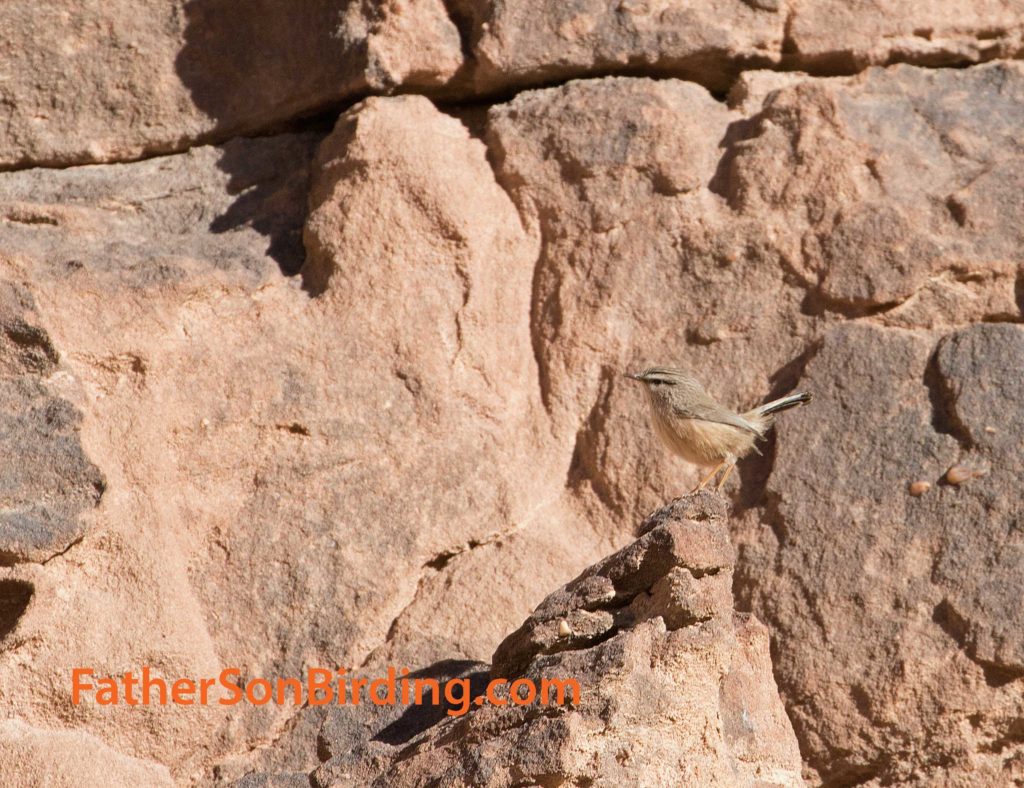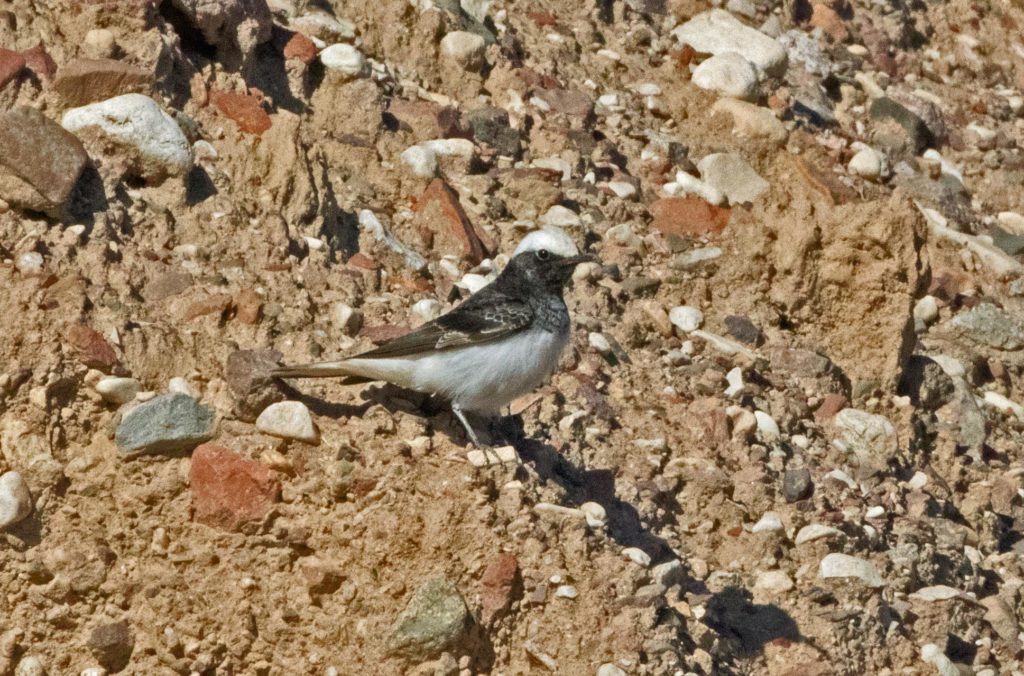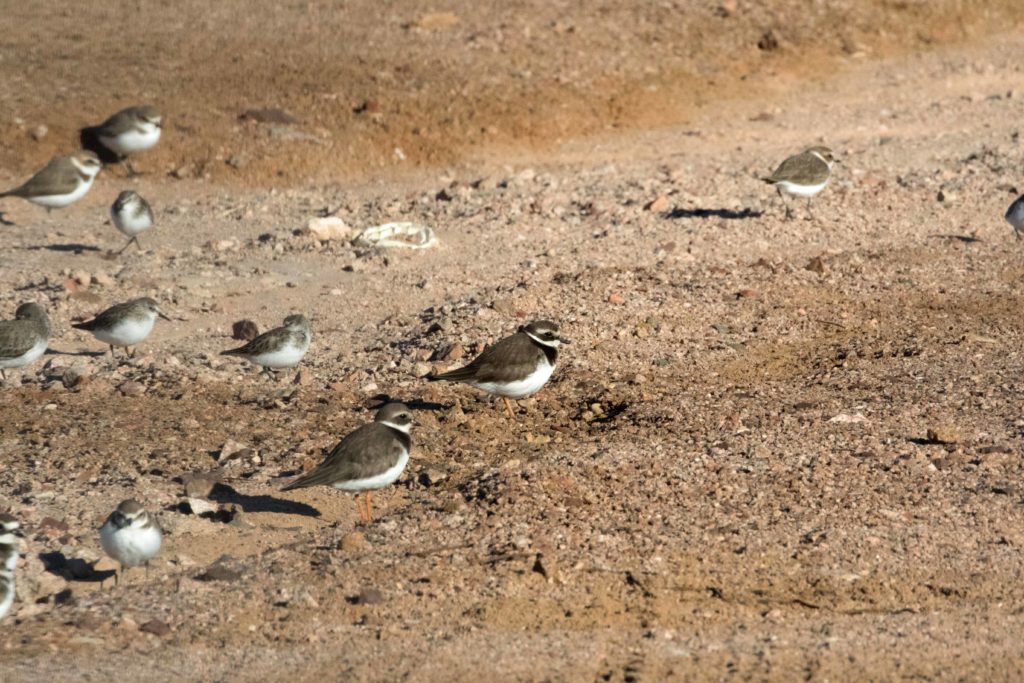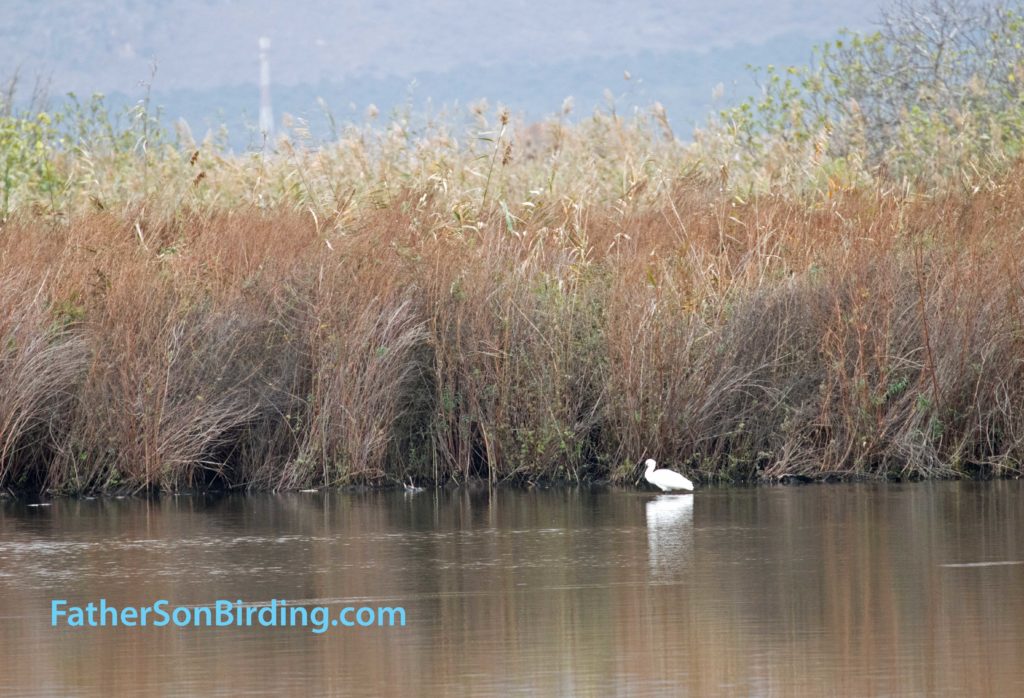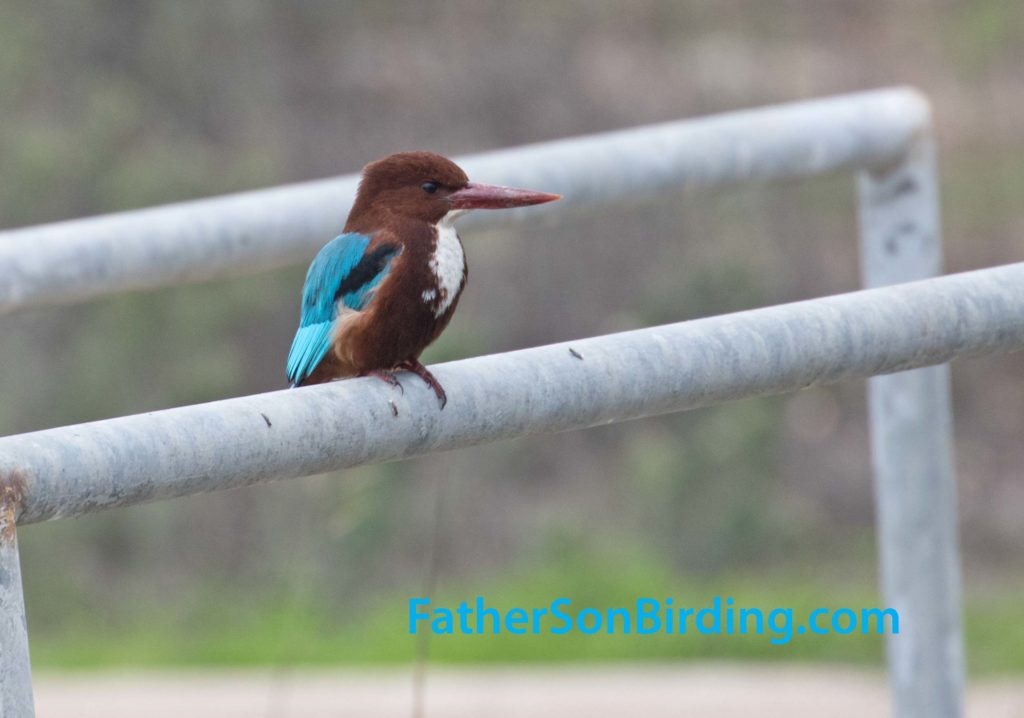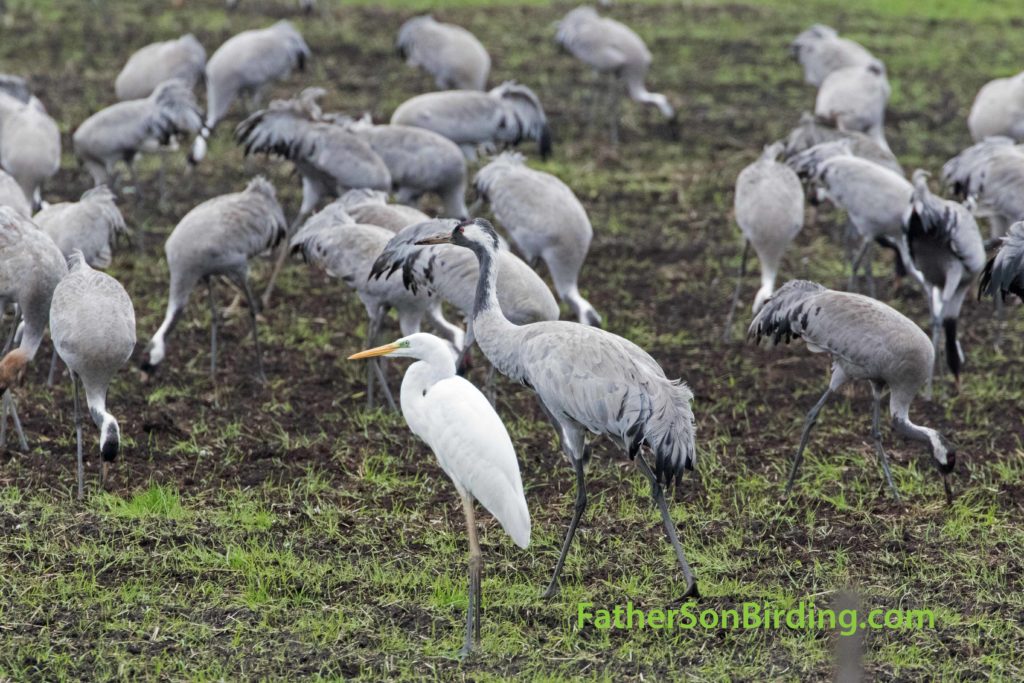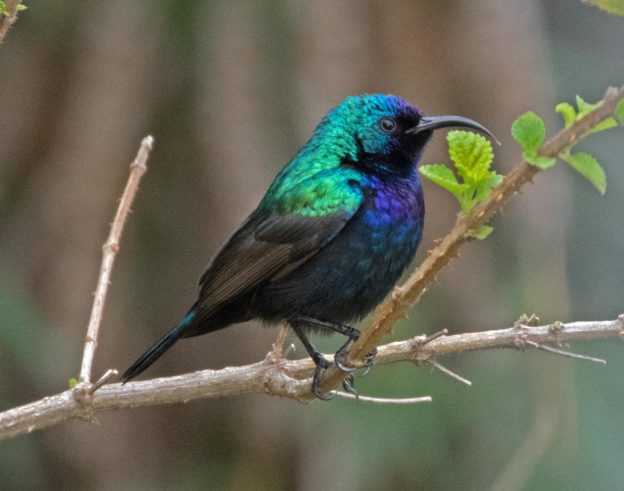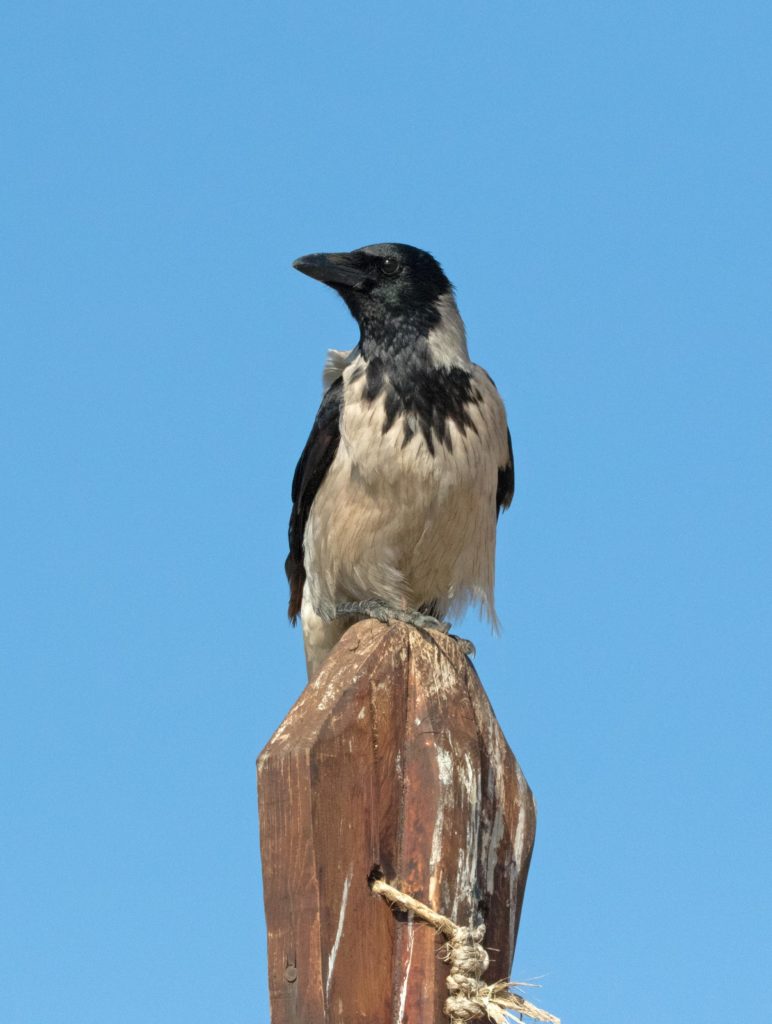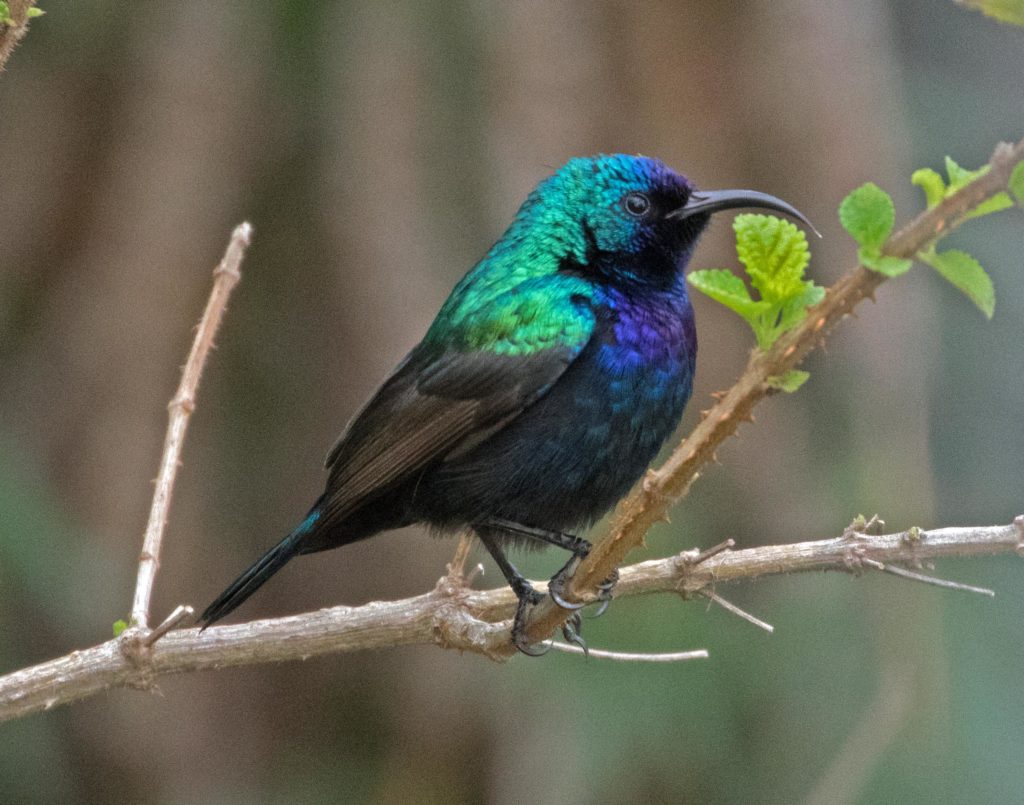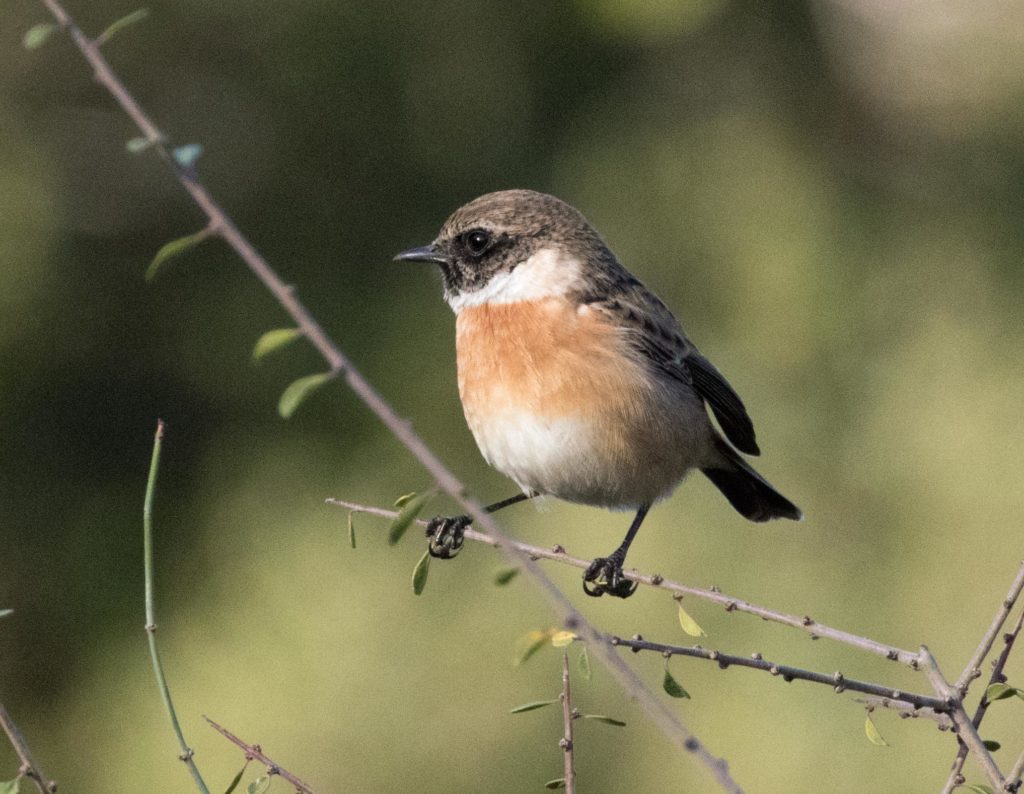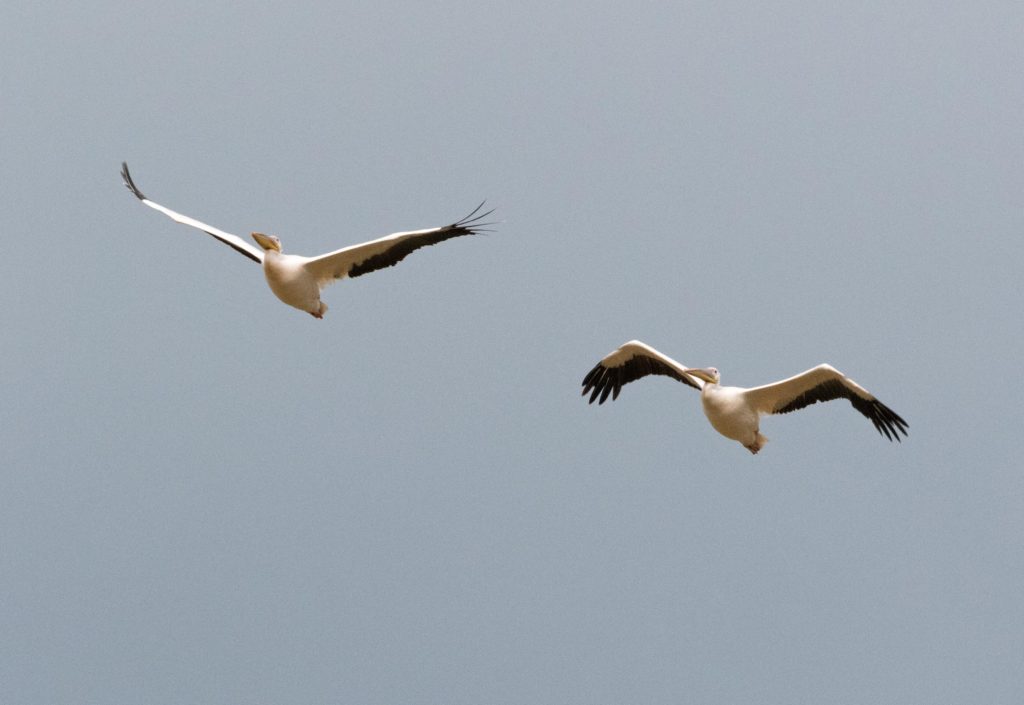At any time of year, but during the holidays especially, new birders are likely to become confused by some of the birds they see on cards, calendars—even in animations. Don’t beat yourself up. The reason for your confusion is simple: many creative types (including those who aren’t birders) often pay scant attention to what a bird is or where it actually comes from. Artists especially, when they decide to make a bird painting or land a contract for bird art, cruise the internet for photos of birds. “Hey, I like that one!” they may say, not realizing that the bird has no relation to their intended audiences.
Just recently, in fact, Amy and I were wandering around a wonderful art walk night in Billings and stopped in at one place to admire the work of a new artist. Amy noticed some bird cards, and we bought a few. What was on them? A European species! I asked the artist if she knew she had painted a European bird, and she said, “No. I just liked how it looked.”
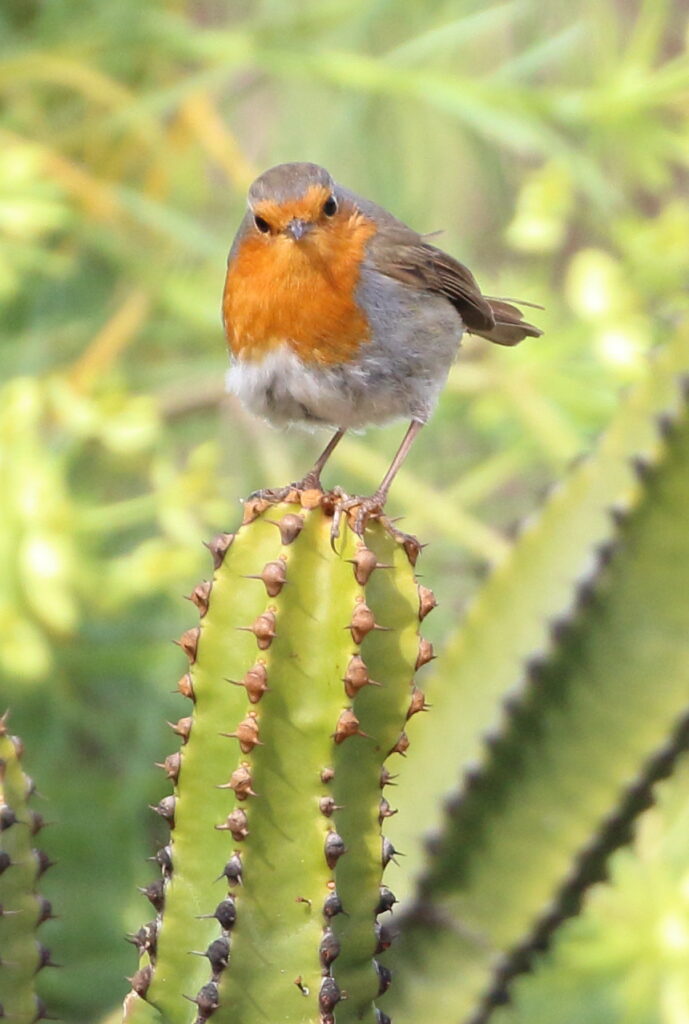
In my experience, the most common occurrence of this kind of thing happens with Old World and New World robins. Look at the bird above. What do you see? If you answer “robin”, you are correct—but it’s not the robin we see here in North America. The bird above is a European Robin—in other words, the original robin. The robin we have here is the American Robin. What’s more, the two are only distantly related. European Robins belong to the family Muscicapidae, a group consisting primarily of Old World Flycatchers. American Robins belong to the family—don’t laugh—Turdidae, or thrushes. So how did these birds come to share the name “robin”?
How else? Colonial imperialism.
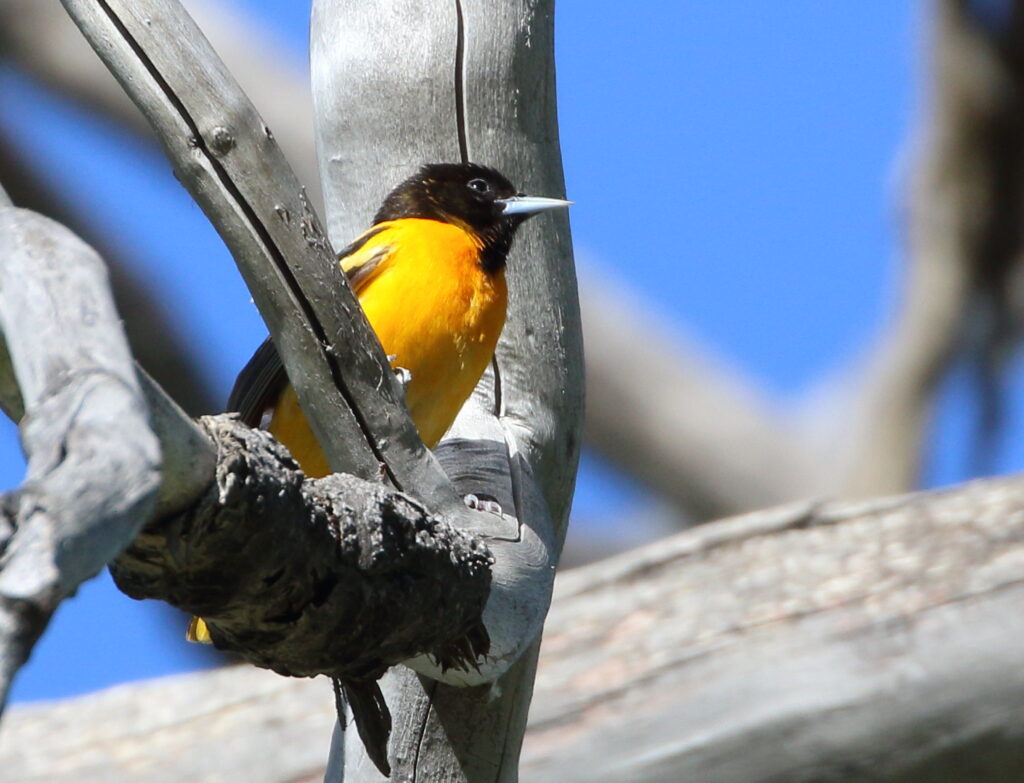
I won’t try to prove this, but it seems that the English were the original birdwatchers, and they carried their passion with them to the vast territories that they subjugated, usually without their owners’ permissions. In fact, the English pretty much disregarded the original occupants of a place along with any native knowledge of animals these occupants might possess. As a result, Brits gleefully conferred new names on most of the strange and interesting animals they encountered. Often these new names were actually old names that the English were already familiar with—including the name Robin, aka Robin Redbreast.
According to the delightful BirdNote episode titled, “How the Robin Got Its Name,” the English went a little buck wild with the name Robin. They called towhees Ground Robins. They dubbed the Baltimore Oriole the Golden Robin. If you compare the photo of the European Robin at the top with the photo below, it’s not hard to figure out how the American Robin got its name, either. But while chances are good that most American birders have come to appreciate American Robins, I’m guessing many of us haven’t encountered its etymological ancestor.

Both Braden and I have had the good fortune to see European Robins several times in the past few years, and I must tell you, they are delightful—if somewhat shy—birds. The first time was in Amsterdam’s Vondelpark, which we birded during a long layover on our way to Israel. Sure enough, in Israel we also saw “EUROs” several times. Most recently, Amy and I enjoyed seeing European Robins in Barcelona (see our post “Birding Barcelona, Part 1: The Urban Core.”).
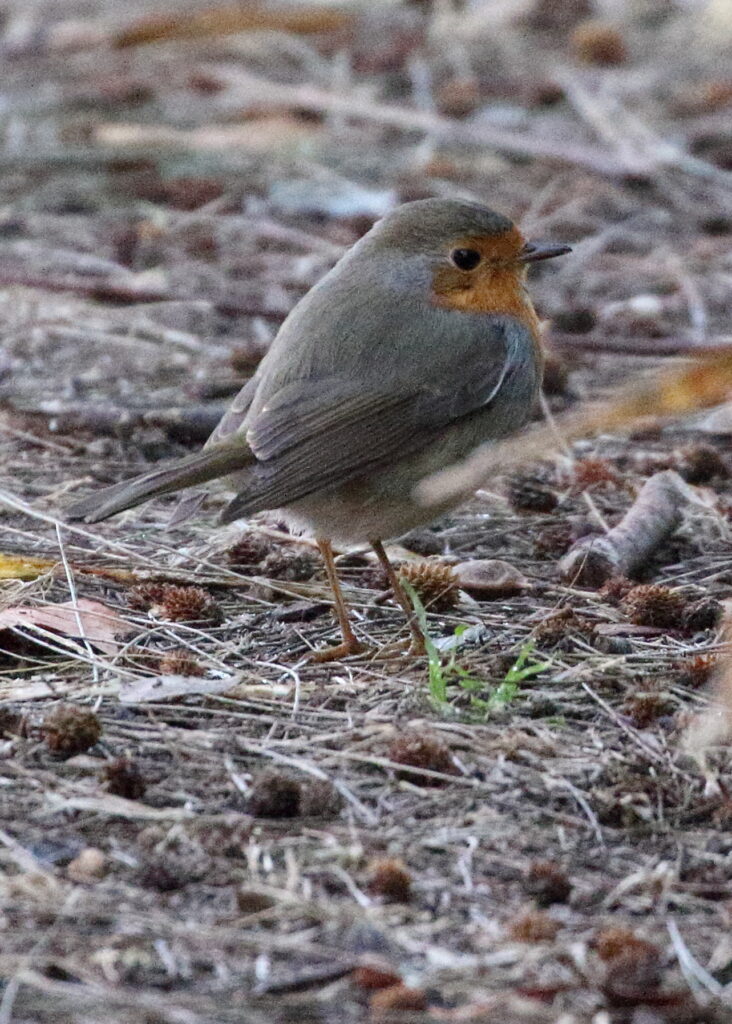
I always take special delight in seeing this bird, perhaps because of its name, but also because it is every bit as beautiful as our American Robin. As mentioned above, the European Robin belongs to the Old World Flycatcher family, and I have seen them perched—presumably waiting to snag an insect out of the air. Like many other birds in its family, however, the European Robin seems more of a ground forager. Most recently, in Barcelona’s Ciutadella Park, I watched them scraping through dead leaves for invertebrates. Only a few days later, we watched one boldly perched above a pond in the botanical gardens.
Even though they aren’t closely related, AMROs and EUROs share a lot in common. Both live exclusively in the northern hemisphere, and are one of the most common land birds on their respective continents. And while they are year-round residents in large parts of their ranges, they also have distinctly migratory populations. They also both love to gorge themselves on insects, worms, and other hapless, creatures without backbones—but neither turns down fruit and seeds when the right opportunities arise.
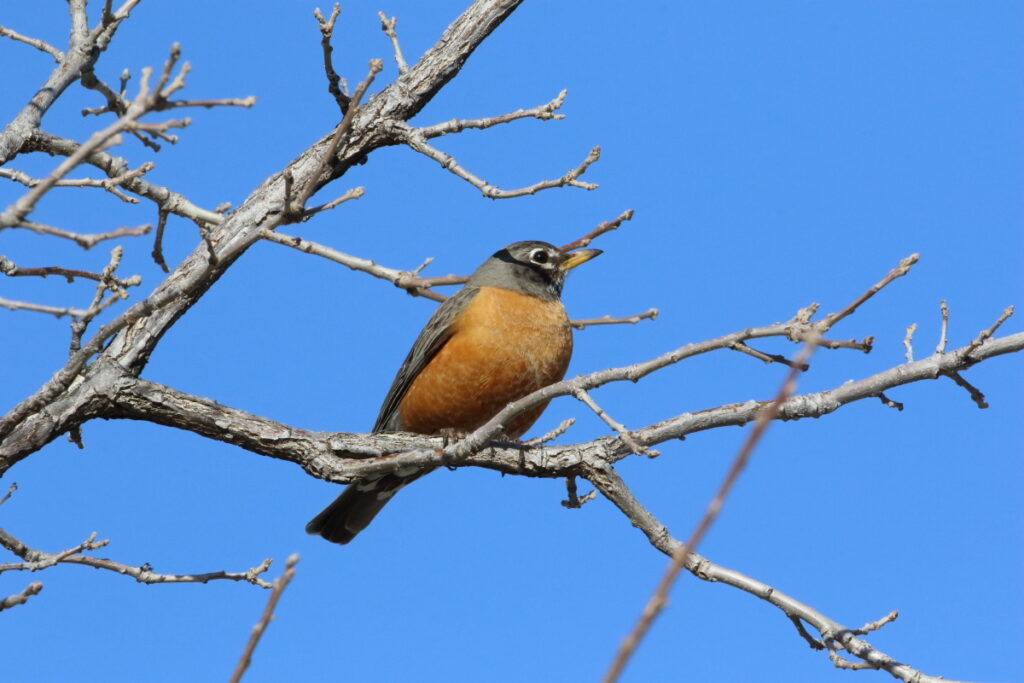

Our defiantly anti-imperial bent may lead some American birders to proclaim that our robin is the superior bird. After all, it’s bigger and has a bolder red breast, but making such a claim is downright silly. Both birds are worthy of admiration and provide a terrific opportunity to further our birding educations. Best of all, as we travel North America, Europe, the Middle East, or north Africa, it is likely that we will always have one of these lovely creatures to greet us!

